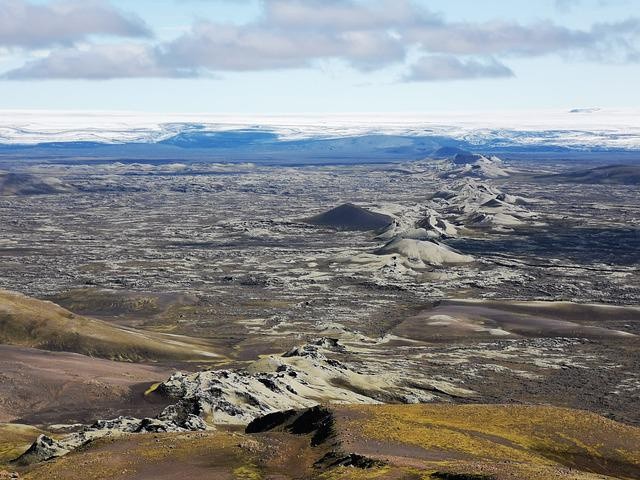
Scientists identify what ancient earth's crust lies under Australia, which is estimated to be 4 billion years old. Several techniques have been developed to look under the earth sans digging deep into its crust using a super-fine laser thinner than the hair at minerals present in all places on beach sand.
Monumental Discovery From the Land Down Under
This method in a new study points to a truly archaic earthen crust as big as Ireland, which is under the Australian continent in its western part, reported Science Alert.
It has also affected the evolution of the continent for countless millennia. Clues to how from the great dying to the resurgence of life on earth has occurred.
The researchers believe that the vast span of crust, which first arose as one of the planet's first proto-crust formations and has survived several mountain-building processes, would have substantially influenced the development of rocks as old materials were mixed with fresh materials.
According to Maximilian Dröellner, geology Ph.D. student and lead author, contrasting results to present data, it looks like other regions all over the world went through the same process of early crust formation and preservation, citing Curtin University.
Furthermore, the changes of earth about 4 billion years back, when meteor strikes were less, and the planet's crust had stabilized to set the next act, which is developing the molecules of life.
The lasers were used to melt zircon grains retrieved from sand specimens taken from rivers and beaches in Western Australia. By comparing it with others to have an idea of where they originated from and where it lies underneath Australia
This new laser is a method that enables scientists to date the grains and compare them with others to see where they might have come from, per Science Direct.
Study of Earth's Crustal Remnant
It revealed the crystalline basement beneath the earth's surface in this specific region. Detailing where the grains eroded from, the processes that produced them, as well as how the geology of the region developed over time.
Another reason the proto crust remains has not gone is that it covers around 100,000 square kilometers. The block's limits will also aid scientists in assessing what else is concealed beneath the earth's surface and how it evolved in its present incarnation.
Geologist Milo Barham remarked that a piece of proto crust is a crucial crustal boundary determining where the important minerals are located.
These crustal remnants are important for sustainable resource exploration. Finding proto crust after several billion years is lucky to find, and these studies are important to having a window to see the archaic past of the planet.
Consider the moving tectonic plate and the hot mantle under the crust is not easy to map out. Find the proto crust is a good place to lock onto to see where it goes from there.
This study of the earth will be applied to other planets, and what processes changed them to the present and even lived there. Barnham stressed that studying our world and life on it is crucial to understanding other planets in the study published in Terra Nova.
This ancient earth crust or proto crust about several billions of years old discovered underneath Australia is another puzzle piece in understanding the planet; it will be applied to studying other worlds.
Related Article: Scientists Study Earth's Orbit, Its Effect on Global Ice Sheets From the Past Two Million Years








